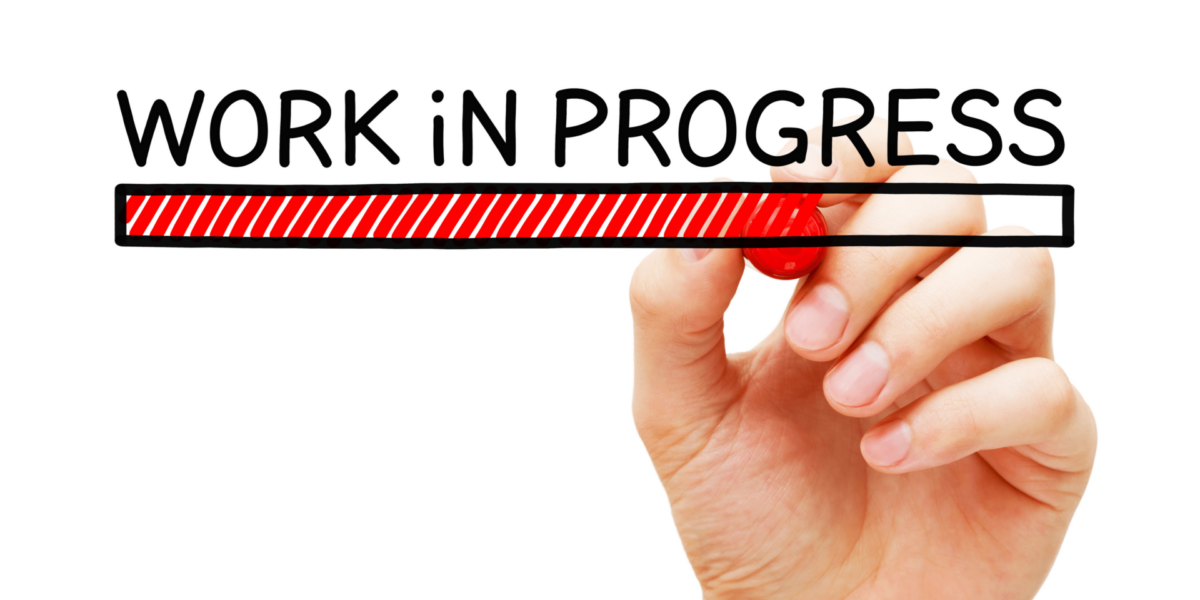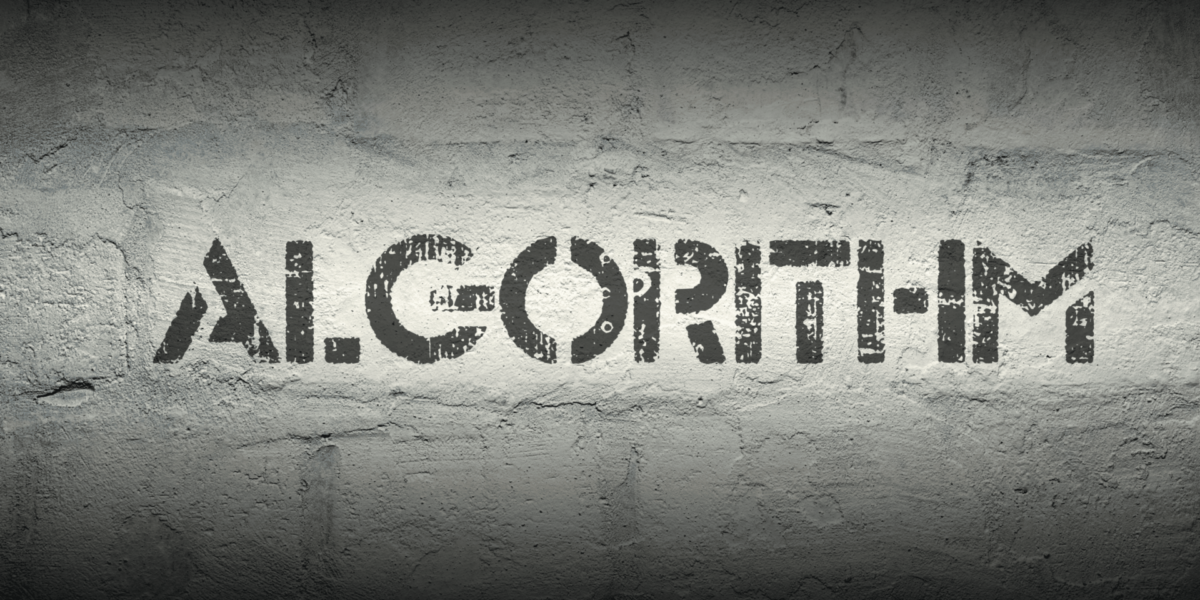Digital Histories Disappear Without Notice
Cloud platforms give the impression that data is safe, stable, and permanent. But in reality, digital histories vanish all the time—quietly and without warning. Files get deleted. Platforms close. Accounts are suspended. When that happens, pieces of the past are erased.
Picture logging into an old cloud drive and realizing half of your folders are gone. They didn’t vanish all at once. They eroded gradually—through policy changes, forgotten logins, or expired links. The memory survives, but the evidence is missing.
When Platforms Evolve, Content Is Left Behind
Tech platforms evolve quickly. They change interfaces, update features, and restructure their systems. In doing so, they often abandon older files, unsupported formats, and legacy user content. These updates prioritize speed and modern design over historical continuity.
This creates a gap. Someone revisiting an old blog post or archived message may find broken images, deleted attachments, or missing pages. The platform no longer supports what it once hosted. As a result, the user’s history becomes fragmented and unreliable.
Forgotten Data Holds Untold Stories
Most people store their personal narratives in cloud services without a clear plan for preservation. They assume the content will always be available. But over time, photos lose resolution, file names lose meaning, and context is lost.
A scenario might involve someone attempting to access messages from a turning point in their life. The inbox is still there, but key messages are gone—purged by the platform or deleted during a sync. Without those messages, the timeline of events becomes blurred.
Temporary Content Shapes Memory
Many platforms now promote content that disappears—stories, snaps, and posts that auto-delete. These tools were designed for spontaneity, but they change how users document life. When everything is temporary, history becomes disposable.
The result is a culture that normalizes deletion. People lose meaningful conversations or moments, not because they didn’t matter, but because the tool was never built to save them. Over time, this affects how people remember and interpret their personal history.
Metadata Loss Makes Content Meaningless
Even if a file survives, the metadata often does not. Dates, locations, authorship, and context are essential for understanding when and why something was created. Without this data, even intact files lose their value.
A user might find an old image in cloud storage but not know when it was taken or what it was related to. The photo remains, but the story behind it disappears. Without metadata, memory becomes a guessing game instead of a reliable archive.
Algorithmic Erasure Limits Discovery
Search engines, feeds, and archive tools use algorithms to surface content. But these systems prioritize current engagement. They do not index or display everything. As a result, older data becomes invisible—even if it technically still exists.
For instance, a user may know they published an article years ago but cannot find it through search. The content wasn’t deleted—it just stopped appearing in queries. This algorithmic erasure creates the illusion that history is missing when it’s simply buried.
Platform Shutdowns Leave No Trail
When a platform shuts down, users often lose years of content with little warning. Companies give notice, but exporting data is often confusing or incomplete. Once the servers go offline, recovery becomes nearly impossible.
Consider someone who hosted creative work on a now-defunct service. They tried to back it up, but the files downloaded in a corrupted format. The result is a memory of work that no longer exists. The content is gone, and with it, a chapter of their digital life.
Archival Gaps Distort Cultural Narratives
Digital culture moves fast. But without proper archiving, entire eras of content slip away. Memes, videos, blogs, and commentary vanish, leaving gaps in how we understand cultural shifts. Future generations lose access to critical social records.
If large communities migrate or delete their forums, historians can’t trace the evolution of online movements or ideas. The records are incomplete, making it harder to analyze how people thought, felt, and communicated during specific moments in time.
Users Must Actively Preserve Their Content
Preserving digital history requires effort. Users must take ownership of their data—by backing it up, organizing files, and using export tools regularly. Without action, personal archives decay with each update or deletion.
A realistic step might involve someone reviewing their cloud folders monthly and creating offline copies of anything tied to major milestones. By doing this, they preserve not just files, but the integrity of their digital story.
Tracing Lost Histories Requires Intention
Even when data is lost, users can piece together fragments. Screenshots, exported metadata, and emails can help reconstruct timelines. It’s not perfect, but it allows people to preserve the shape of what once was.
Digital historians, designers, and archivists need tools that support this work. Platforms must offer more transparent retention policies, accessible archives, and durable formats. Without these features, users remain vulnerable to unexpected erasure.
Memory Survives Through Action
Digital histories do not vanish all at once. They fade in pieces—through updates, inattention, and platform shifts. To trace what’s gone, users must care for what remains. They must organize, preserve, and reflect before content disappears.
When echoes in the cloud replace original voices, it becomes harder to know what truly happened. But with mindful design and user awareness, it’s possible to protect digital memory—and ensure that history doesn’t disappear into silence.









